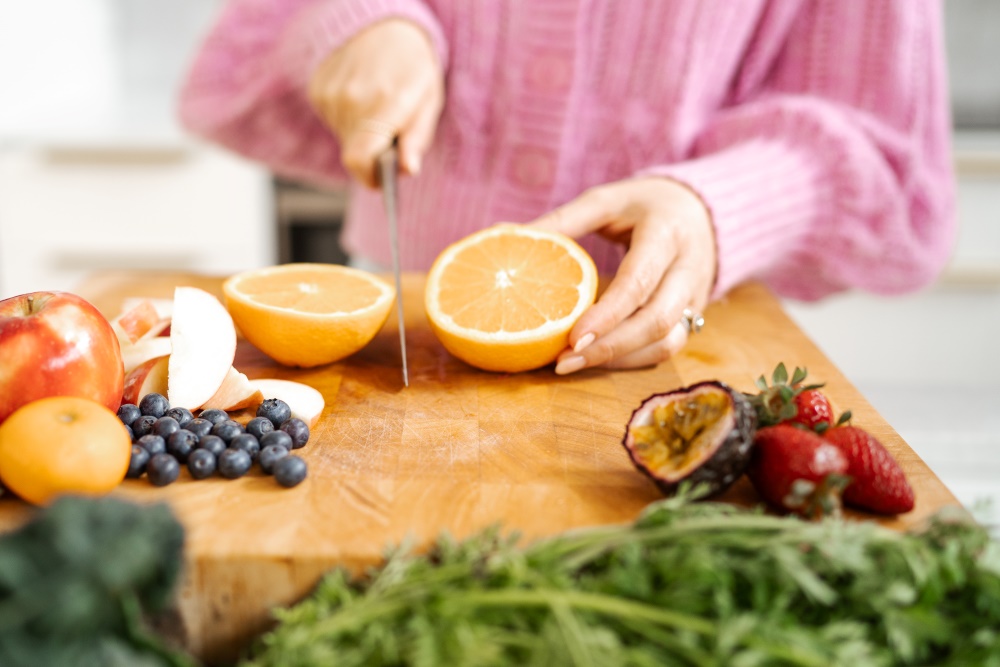WORDS: Carly Leaker, BHSc Clinical Nutritionist

As parents our attention and support with our children and schooling can often be focused on homework, school work, friendship issues and behaviours in the classroom. However, a key fundamental aspect of the parental support we provide to our children is through nutrition.
An increasing body of evidence indicates that nutrition doesn’t just impact children’s physical health but also influences their mood, mental health, and learning. Research suggests that a nutritious diet, with minimal processed foods may contribute to better mental health, enhanced cognitive skills like memory and concentration, and improved academic performance in children.
So, what can we do as parents and caregivers to support our children?
1. Reduce the sugar and processed foods on school days
Foods high in added fats, sugars and salt have been linked to emotional and behavioural problems in children and adolescents.
2. Focus on some key nutrients for kids
Focusing on key nutrients can assist in optimising attention, memory, cognitive function and improve behaviours, ultimately enhancing your child’s ability to thrive in a school environment.
3. Ensure your child’s diet is full of the following;
- Iron; for cognitive functioning, memory and attention.
- Omega 3 Polyunsaturated Acids; for reading ability and attention.
- Zinc; for cognitive ability and immune function.
- Protein; for building, maintaining and repairing body tissue, while also breaking down food into energy.
4. Eat from the five food groups
- Fruit and vegetables – a diverse variety
- Grains – whole grain, oats, quinoa, barley, noodles, pasta
- Lean meat and Poultry – fish, eggs, tofu, nuts and seeds, legumes/ beans
- Milk, yoghurt, cheese
5. Variety is key
The easiest way to ensure your child is not missing out on key nutrients is to focus on diversity! Include lots of vegetables, fruits, legumes, nuts, seeds, whole grains, dairy and lean meat which will provide an assorted range of nutrients setting your child up for success in the classroom.
If your child has the same ten foods on rotation, look for ways to incorporate a different variety. Continue to offer small servings of new foods at meal times with their favourite food regularly, to encourage trying new tastes, textures and variety.
The connection between food, mood, and learning begins at home by promoting positive food behaviours.
For more information:






